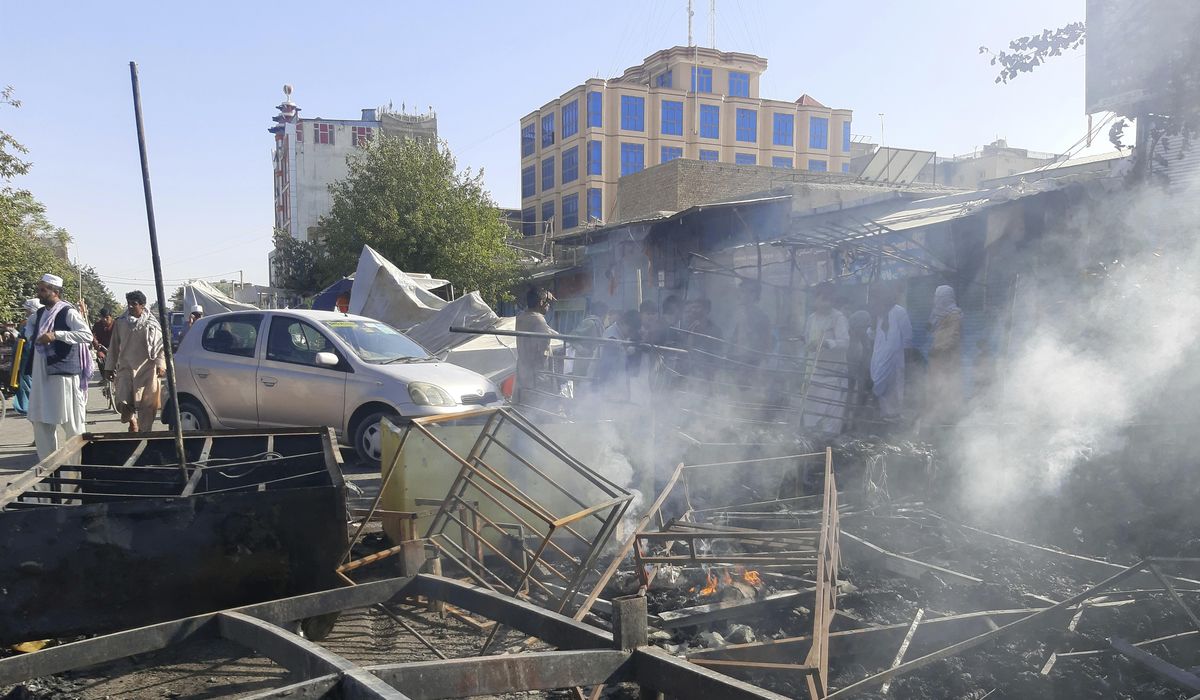
The Taliban captured three more provincial capitals in a lightning offensive Sunday, as it seeks to capitalize on the rapid withdrawal of U.S. forces and keep up its campaign against the Afghan government.
The cities of Kunduz, Sar-e-Pul and Taloqan fell within hours of each other Sunday, news agencies in-country reported.
“After some fierce fighting, the mujahideen, with the grace of God, captured the capital of Kunduz,” the Taliban said, according to Agence France Press.
Taliban troops and government forces are continuing to battle for control of Lashkar Gan, capital of the strategically vital Helmand Province in southern Afghanistan.
The capture of Kunduz is a bitter blow for Kabul and the exhausted Afghan National Army (ANA) forces it still controls. It is the capital of a province with the same name and a vital commercial city. With a population of about 375,000, Kunduz is a strategic thoroughfare.
It sits on the country’s main north-side highway that links Kabul and Tajikstan along with the east-west highway connecting to cities like Mazar-i-Sharif and Taloqan.
“All security forces fled to the airport and the situation is critical,” Sayed Jawad Hussaini, a deputy police chief in Kunduz city, told the New York Times.
The Taliban managed to seize Kunduz in 2015 but were pushed back by Afghan forces with the assistance of U.S. airstrikes
On Friday, Taliban fighters seized control of the provincial capital of Zaranj after overrunning ANA troops, only hours after they assassinated the government’s top media officer in Kabul.
“This is the beginning and see how other provinces fall in our hands very soon,” a Taliban commander told the Reuters news agency.
According to local media reports in Afghanistan, 12 civilians – including women and children – were killed late Saturday in a Taliban-linked explosion in Syed Karam district of Paktiya province.
Insurgents late Saturday also fired mortars at the home of the governor of Kandahar and at the local airport. But the attacks did not cause any casualties, according to the Afghan Islamic Press.
While America’s military footprint in Afghanistan has shrunk in recent weeks, the U.S. said it would continue to support government officials, primarily with financial backing.
But U.S. airstrikes are still an option. The Sunday Times of the U.K. reported that B-52 bombers have been used in recent days to attack Taliban forces heading to the major cities.
Northern Afghanistan has long been considered an anti-Taliban stronghold. It remains home to several militias that took part in fighting against their control in the 1990s.
The full U.S. military withdrawal from Afghanistan is scheduled to be complete by Sept. 11, the 20th anniversary of the 9/11 attack on New York City and the Pentagon.







